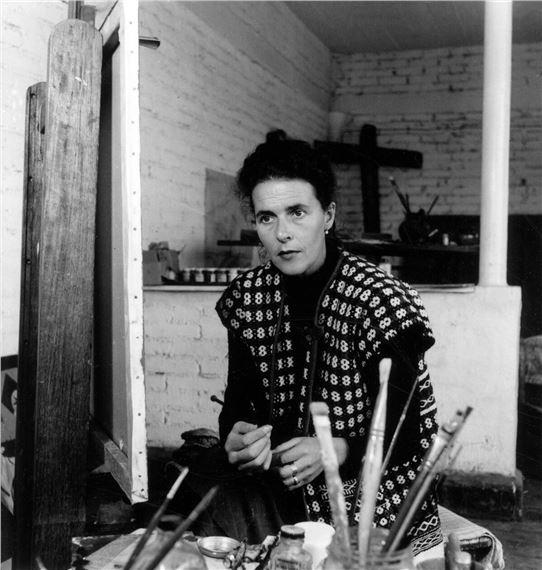When the French poet and theorist André Breton published his Surrealist Manifesto in 1924, he established a new artistic vision that tapped into the most electrifying dimensions of the human imagination. Celebrating the Manifesto’s centennial,
Throckmorton Fine Art presents an exhibition showcasing the wide-reaching impact of Surrealism on photography. The show features photographs taken in Europe, the US, and Mexico, spanning the century with the work of artists spotlighting a phenomenon that enriched the forms, themes, and aesthetics of photography. The shattered collective consciousness of Europe in the wake of World War I saw Surrealist artists reject the grim realities of a modern civilization defined by violence and devastation, instead embracing the unconscious, intangible realm of dreams and inner desires. Against the backdrop of Freudian psychoanalysis and propelled by the radical energy of Dada, a generation of painters, sculptors, authors, photographers, filmmakers, and philosophers began to embrace the creative possibilities of the human psyche. In a movement that looked to distort rational perceptions of the world, photography provided a tool for manipulating the representation of reality to thrilling or disturbing effect. Just as collage juxtaposed the real with the impossible, or automated drawing gave the unconscious mind free reign over creative output, various photographic techniques—from double exposures, sandwiched negatives, photomontage, and polarization to the use of absurd props and theatrical lighting—proved vital for Surrealism’s quest to release the hidden impulses of the mind.
Leonora Carrington,
Kati Horna, and
Dora Maar are among the Surrealist icons who are featured in this exhibition, but the language and spirit of the movement extended far beyond the artists in the canon. Thus, also displayed are numerous other photographers who adopted playful, experimental approaches inspired by Surrealism, from
Edward Weston’s fetishized figuration of inanimate objects and
Tina Modotti’s uncanny representation of human-like puppets to
André Kertesz’s distortion of the body. Portraits of the French playwright
Jean Cocteau by
photographers Berenice Abbott,
Lucien Clergue, and
Germaine Krull are also charged with a powerfully Surrealist sensibility, while the longer-term legacy of Surrealism is evident in later and contemporary works, such as
Graciela Iturbide’s startling use of mirrors and animals,
Francesca Woodman’s ghostly domestic scenes, and
Ana Mendieta’s unsettling convergence of land and human form. Mexico drew a wave of European artists from the late 1930s onwards, as they fled the outbreak of World War II. Beyond its European origins, Breton’s International Exhibition of Surrealism in Mexico City in 1940 marked a pivotal moment for Latin America’s involvement in and contribution to the style. Although it is largely considered a European movement, striking works by Mexican photographers like
Lola Álvarez Bravo,
Manuel Álvarez Bravo, and
María García highlight Surrealism’s relationship with a region that was also home to a creative imagination that leaned towards the marvelous and fantastical—most notably, in the rise of magical realism. A hundred years after its emergence, Surrealism continues to remind us of the fragile border between reality and fantasy. It enables a dreamlike escape during times of social and political upheaval. Yet the bizarre or grotesque images of the Surrealist dream can be just as unsettling as the absurd and often unbearable realities of the waking world. Surrealism’s rupture with reason serves to reconfigure our vision of ourselves and cast a more astute gaze on what is real. Curated by María Míllan, art historian, writer.




